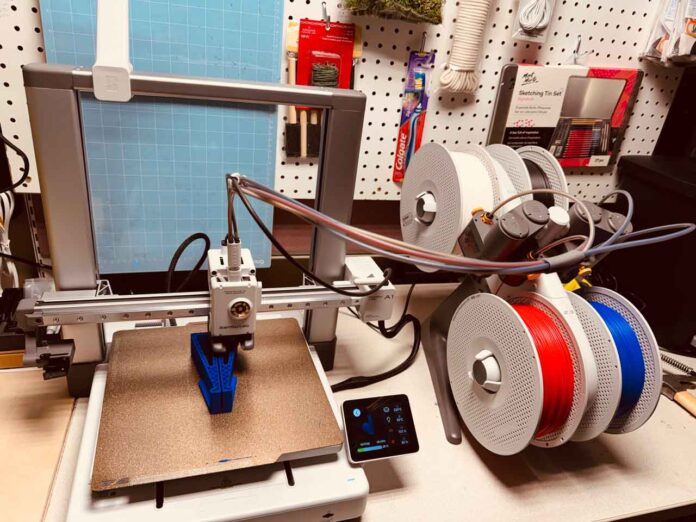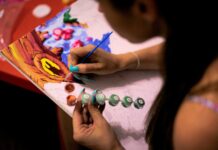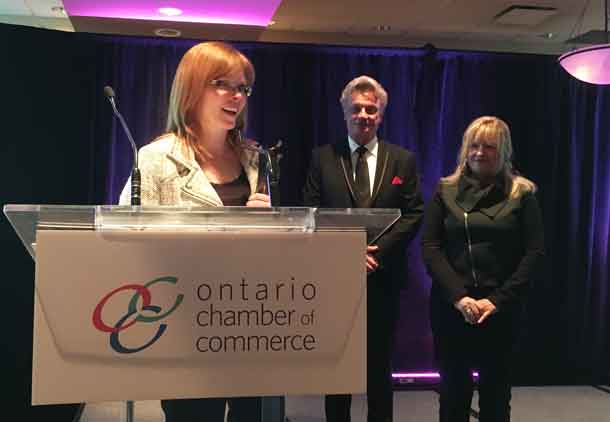THUNDER BAY – TECH – 3D printing is revolutionizing the DIY and crafting community. Whether you’re a DIY crafter, a woodworking enthusiast, a repair DIYer, or running a small business, incorporating a 3D printer into your workshop can transform how you approach your projects.
With the ability to streamline production, create custom designs, and even repair hard-to-find parts, 3D printers are becoming an essential tool in the region’s creative landscape.
Here’s a guide to the best beginner 3D printers, including the highly recommended Bambu Lab models, and tips on getting started with 3D printing.
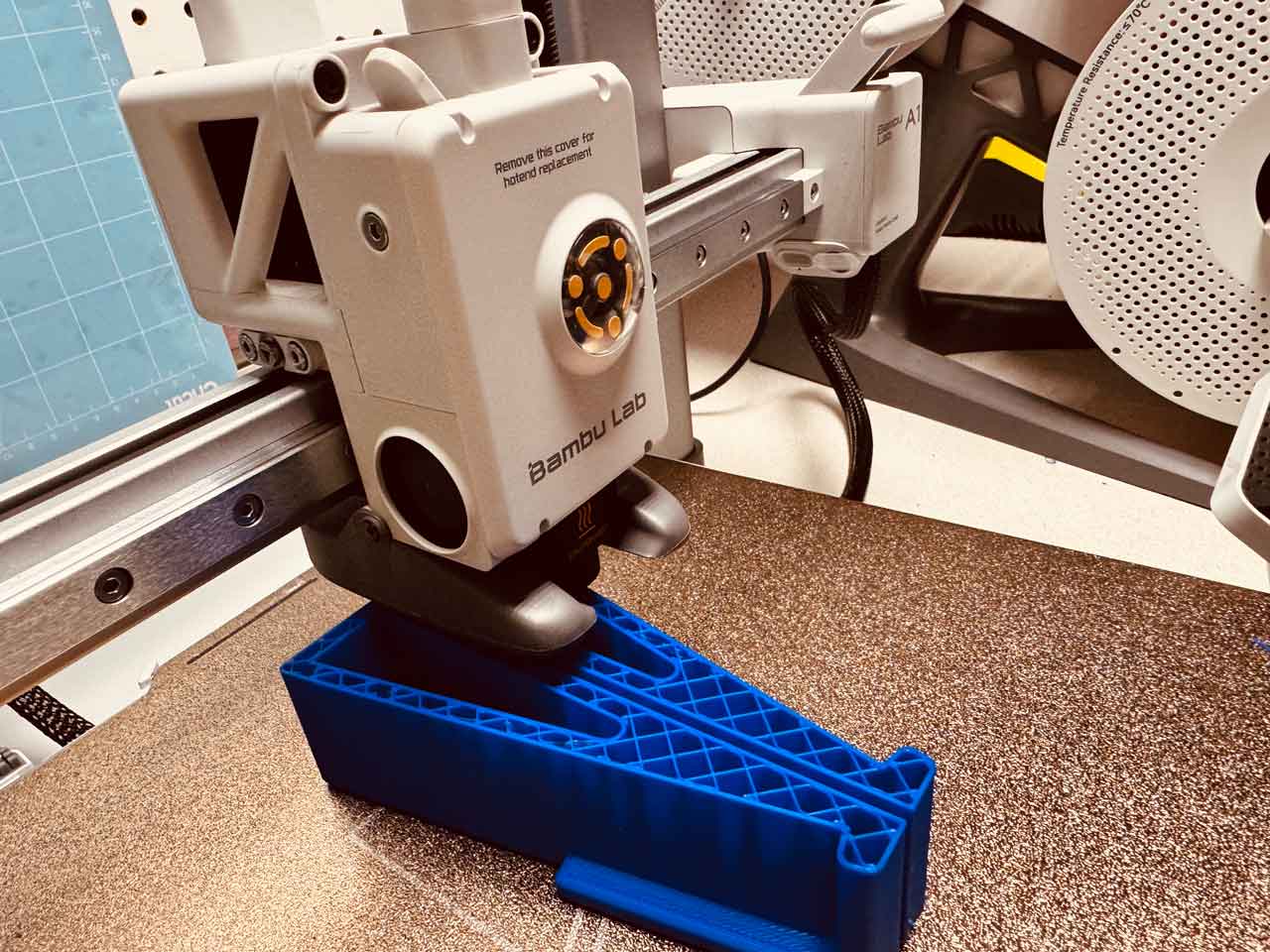
1. Customized Creations
3D printers let woodworkers and crafters produce customized items, like intricate inlays, decorative accents, or specialized jigs. The level of detail and personalization they offer can elevate any project, allowing small businesses and hobbyists alike to create unique, standout pieces.
2. Prototyping and Design
Save time and materials by 3D-printing prototypes of your woodworking designs before committing to the final project. You can test for fit, functionality, and aesthetic appeal, reducing the risk of costly mistakes and ensuring your finished products are flawless.
3. Efficient Production
For small businesses, 3D printers can speed up repetitive tasks by creating molds, templates, or specialized tools. The ability to print custom fixtures for your projects allows for faster turnaround times, which means increased productivity and more capacity to take on new orders.
4. Repair and Replacement Parts
From vintage furniture restoration to keeping your workshop tools running smoothly, 3D printers allow you to quickly create hard-to-find replacement parts. Instead of waiting weeks for custom orders, print the parts you need in-house, keeping your workshop productive.
5. Creative Exploration
Thunder Bay artisans can push the boundaries of design by integrating traditional woodworking with 3D-printed elements. From using innovative materials like wood-infused filaments to combining modern and classic techniques, the creative possibilities are limitless.
Best Beginner 3D Printers
Whether you’re just starting or looking to upgrade, the right 3D printer can make all the difference. Here are some excellent options for beginners, including the Bambu Lab series, which is gaining popularity for its speed and versatility.
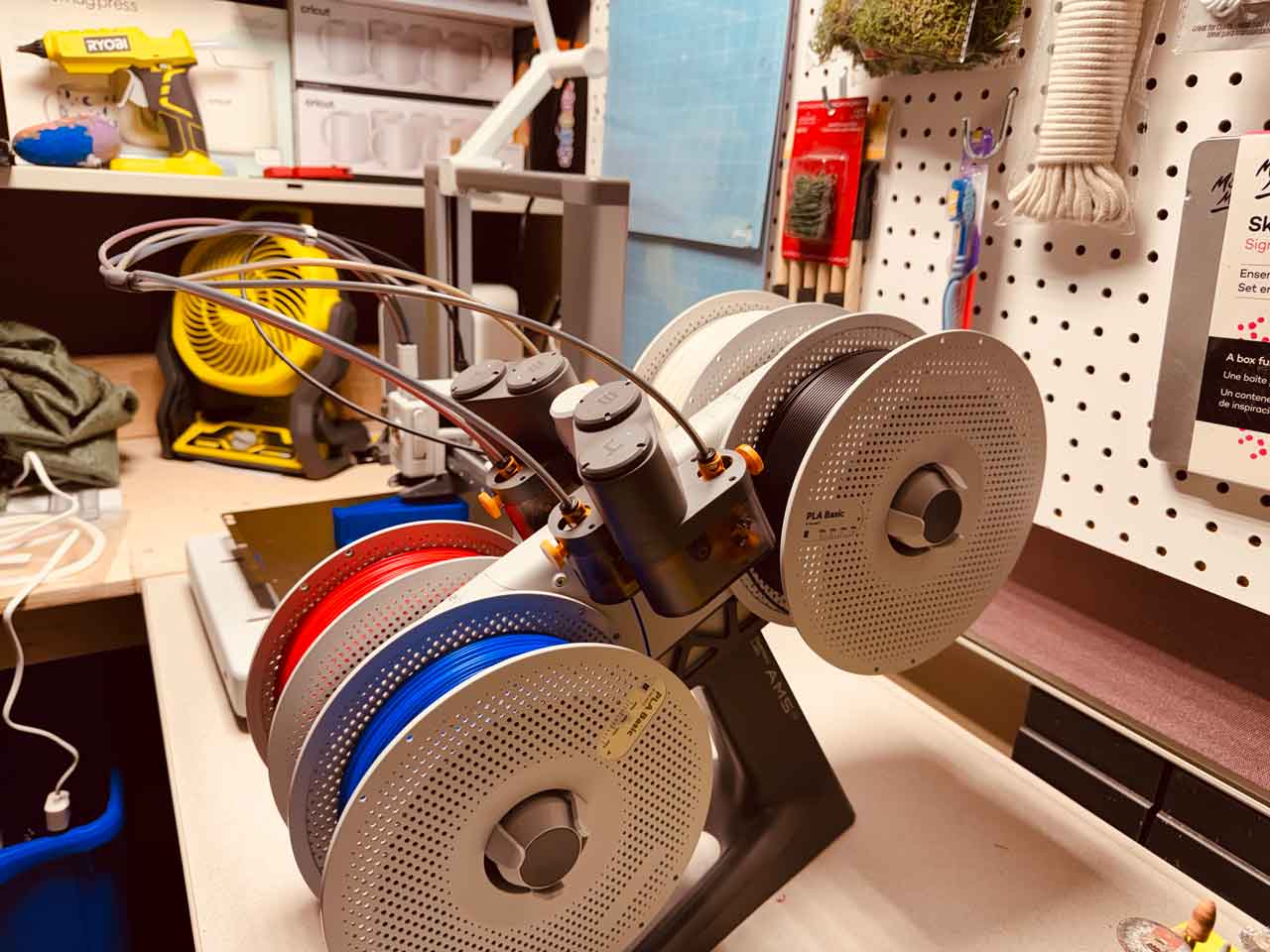
1. Bambu Lab P1P
High-performance and user-friendly.
The Bambu Lab P1P offers incredible speed and precision, making it an ideal choice for beginners who want professional-quality prints without a steep learning curve. It supports multiple materials, including PLA, ABS, and wood filaments, and its streamlined setup ensures you can get printing quickly. Perfect for small businesses needing a reliable, high-output printer.
2. Creality Ender 3 V2
Affordable, reliable, and highly customizable.
This model is known for its affordability and versatility, making it perfect for hobbyists and small businesses. Its large community of users ensures plenty of online tutorials and support. The Creality Ender 3 V2 can print with a variety of materials, including flexible and wood-based filaments, allowing for diverse crafting projects.
3. Anycubic Kobra
Auto-leveling and ease of use for beginners.
The Anycubic Kobra is a great option for those looking for a stress-free setup. With auto-leveling features and a flexible print bed, it’s perfect for those wanting to print larger projects. Its user-friendly design makes it an ideal choice for those new to 3D printing, with the ability to print detailed decorative elements or functional parts.
4. Prusa i3 MK3S+
Top-tier for precision and versatility.
Though more expensive, the Prusa i3 MK3S+ delivers outstanding reliability and precision. Its ability to handle a wide variety of filaments, including wood composites, makes it perfect for those serious about blending 3D printing with woodworking.
Essential 3D Printing Supplies
1. Filaments
- PLA: The most beginner-friendly material, offering easy printing and an eco-friendly profile.
- ABS: Known for its durability, ABS is great for functional prints like tool handles and replacement parts.
- Wood Filament: A combination of PLA and wood fibers, wood filament is perfect for integrating natural-looking, textured elements into woodworking projects.
2. 3D Design Software
- Tinkercad: Ideal for beginners due to its easy-to-learn interface and free access.
- Fusion 360: For more advanced users, this software offers robust features to create highly detailed designs.
3. Other Essential Tools
- Scraper: For safely removing your printed pieces from the bed.
- Calipers: To measure your designs and ensure dimensional accuracy.
- Filament Dryer: To prevent moisture-related print issues, especially in Thunder Bay’s changing weather conditions.
Bringing the Future of Crafting to Today
3D printers are no longer just for tech enthusiasts. They’re becoming an essential tool in the DIY and crafting scene, as well as woodworking and even automotive shops, offering unmatched customization and innovation. Whether you’re enhancing your home workshop or looking to grow your business, integrating a 3D printer into your toolkit could transform the way you create.

